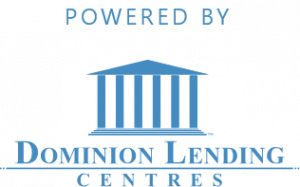Things your Mortgage Broker wants you to know
The right mortgage broker can be a huge asset in your journey to homeownership in Canada. Mortgage brokers are there to guide you through the often confusing process of financing your home purchase and help you secure the best deal on your mortgage.
Here are things your Mortgage Broker wants you to know when working with them. Realtor.com recently outlined the top important points to keep in mind. While there is always much to consider, when making a mortgage application, these key points rank the highest of importance.
Call your broker with any and all questions first – Things Your Mortgage Broker Wants You to Know
Reach out to your broker first: Your broker is a valuable part of your real estate team, so don’t hesitate to contact them with any questions or concerns about your mortgage. Brokers want to be seen as partners in the homebuying process and should be your first point of contact for any financing-related queries. It’s always a good idea to check in with them during the homebuying process before making a financial decision of any type. Whether it be big or small, your mortgage broker will have the answer and are always happy to assist.
Understand the rules around down payments
Understand down payment rules: It’s crucial to have a clear understanding of the rules around down payments. For example, it’s important to know that borrowing money for a down payment is not allowed. Any funds received as a down payment should be documented as a gift, not a loan, to avoid jeopardizing the home purchase. Under Canadian mortgage, lending rules, is important to understand what options you actually have when it comes to down payment sources. The Last thing you want to do is render your mortgage offside while waiting to close on the home of your dreams.
Don’t make any sudden changes
Avoid sudden financial changes: While the loan process may be underway, it’s important to avoid making any sudden financial changes. Big purchases or job switches can potentially lead to the denial of your loan. If you are considering any changes, consult your broker first and be prepared to wait until after closing. Ideally, your financial situation needs to mirror until at least closing date as when you first submitted your application. Changes that you think are small, could be seen as material by the lender. Don’t be fooled, lenders often do last minute checks on credit and employment status right up until closing day.
Conclusion
In summary, working with a mortgage broker can greatly benefit your Canadian homeownership journey. Understanding their role and following their advice will help ensure a smoother process. Full disclosure of any, and all challenges is paramount during the mortgage application process. Often, we can help you navigate any bumps or bruises that we know about. However, it can be very difficult to explain to a lender something we were, unaware of. That could make the lending approval null and void. Remember to communicate openly, follow the rules, and avoid any sudden financial changes.











